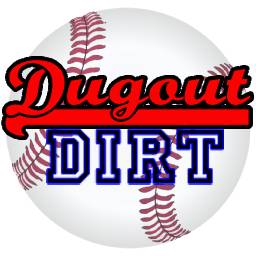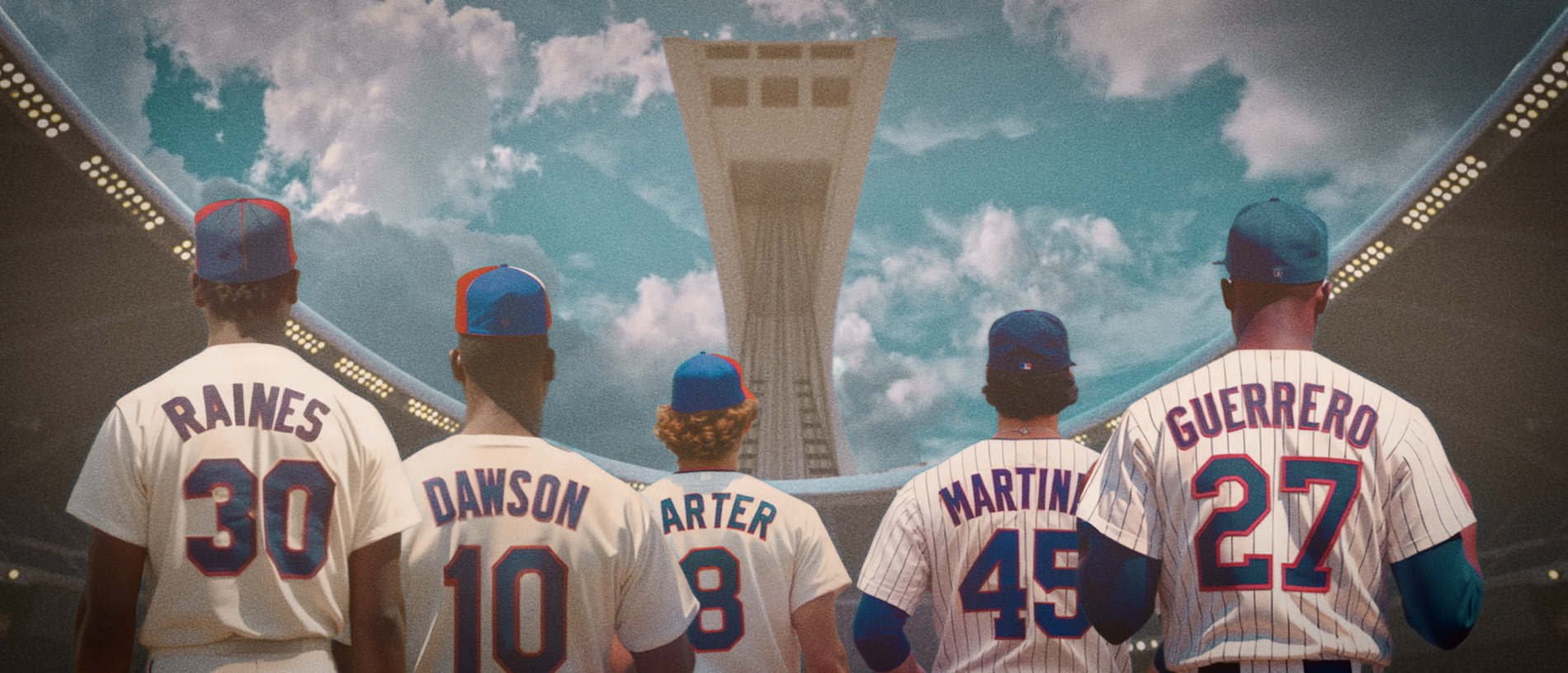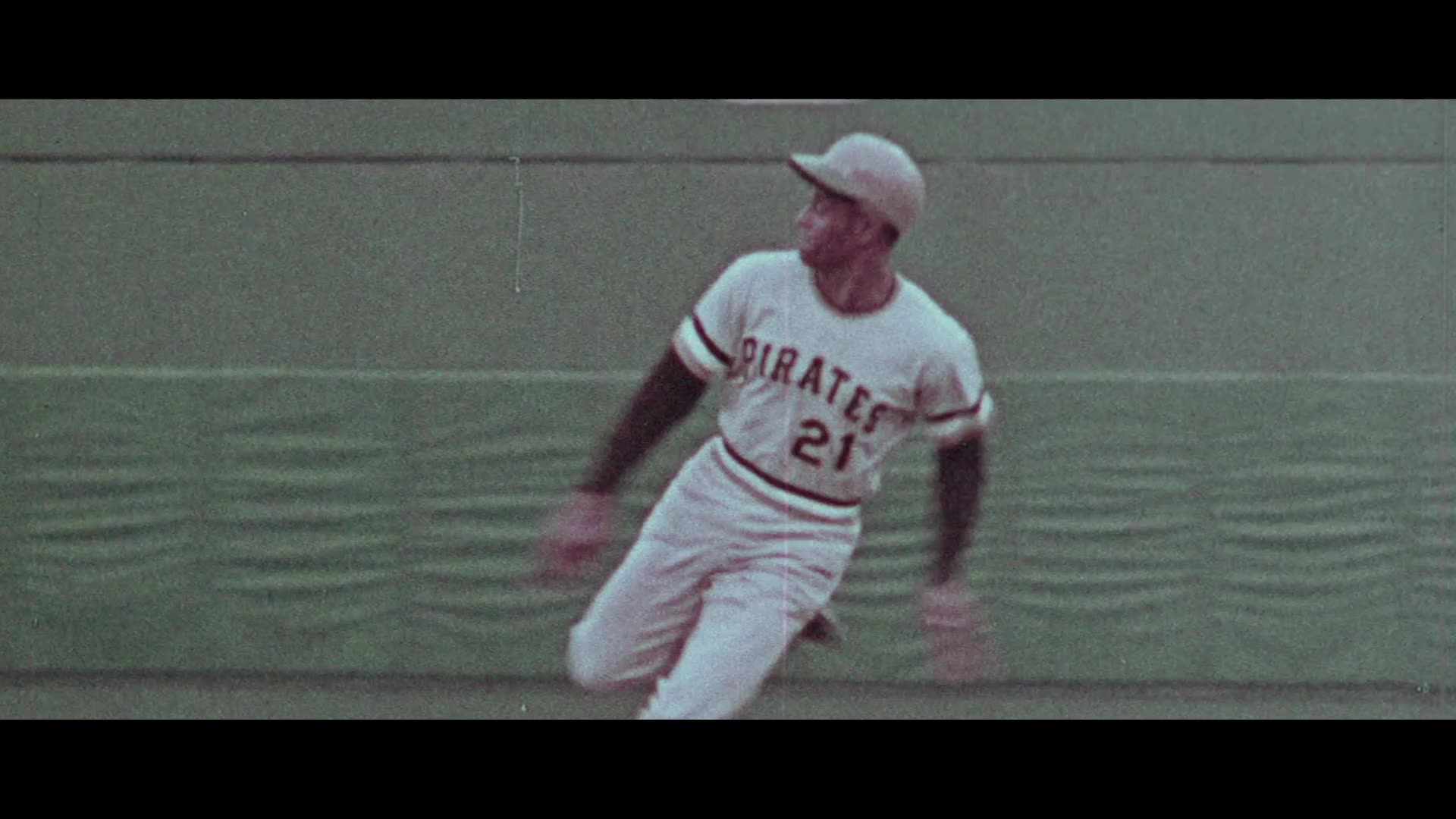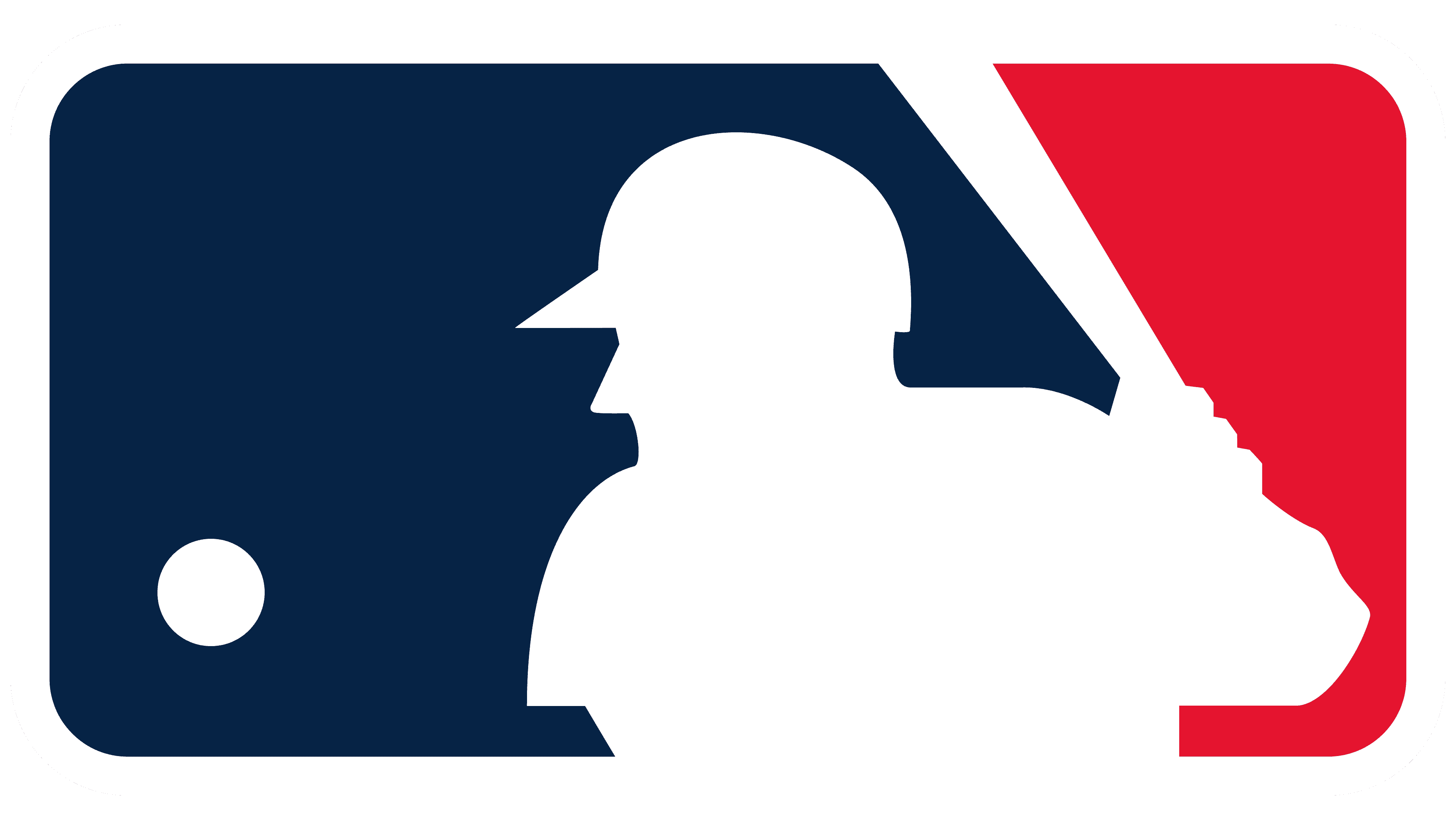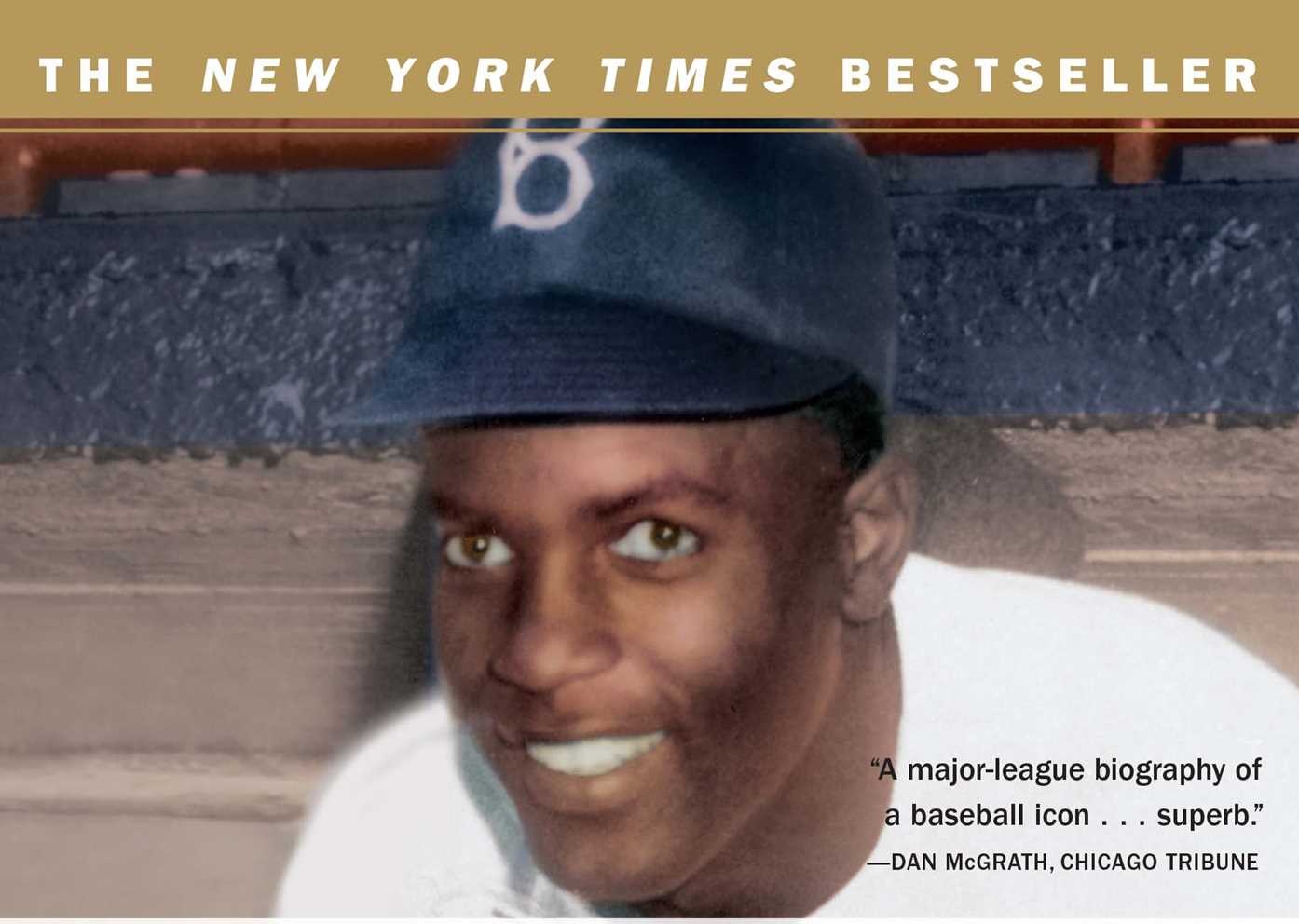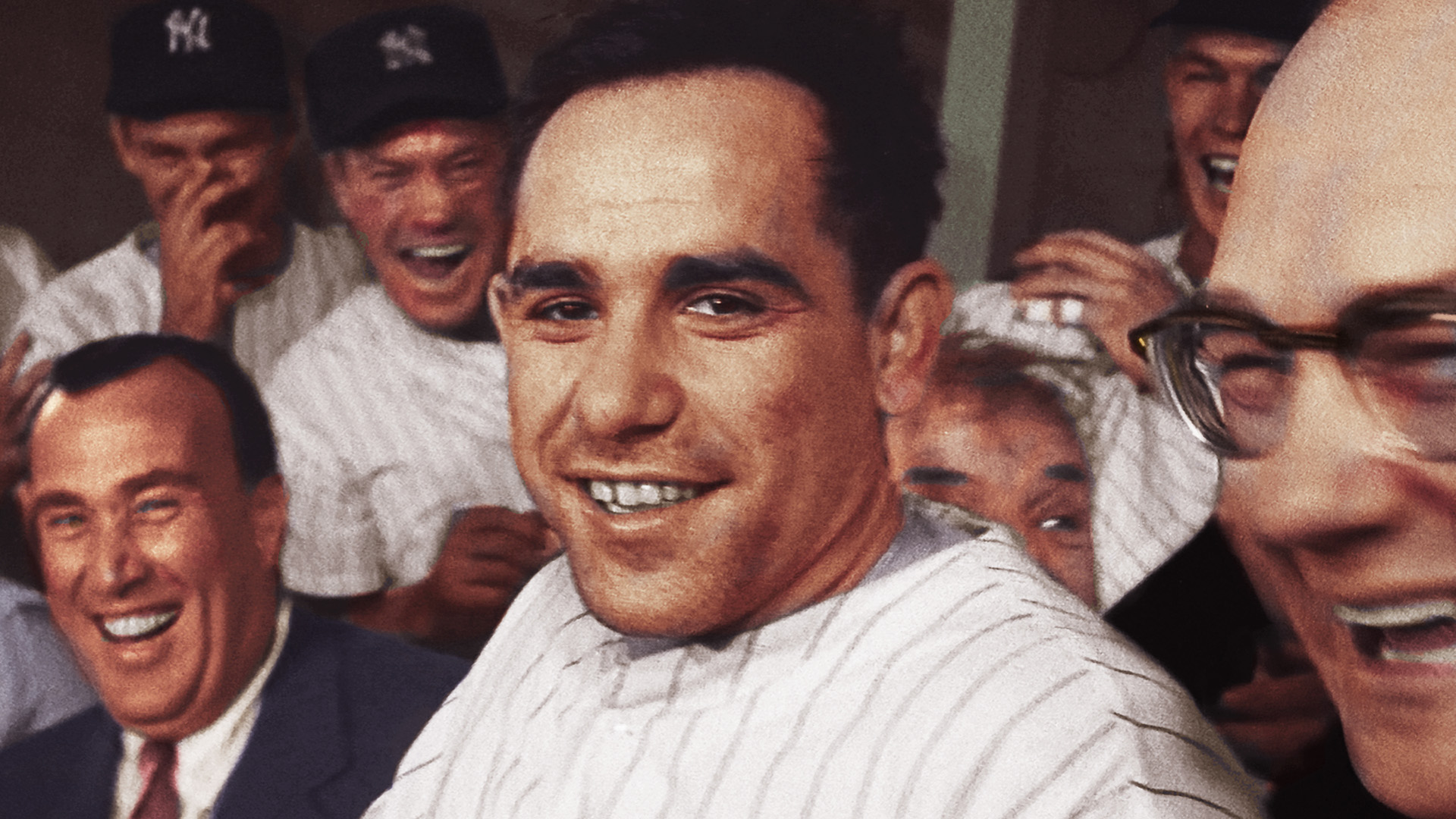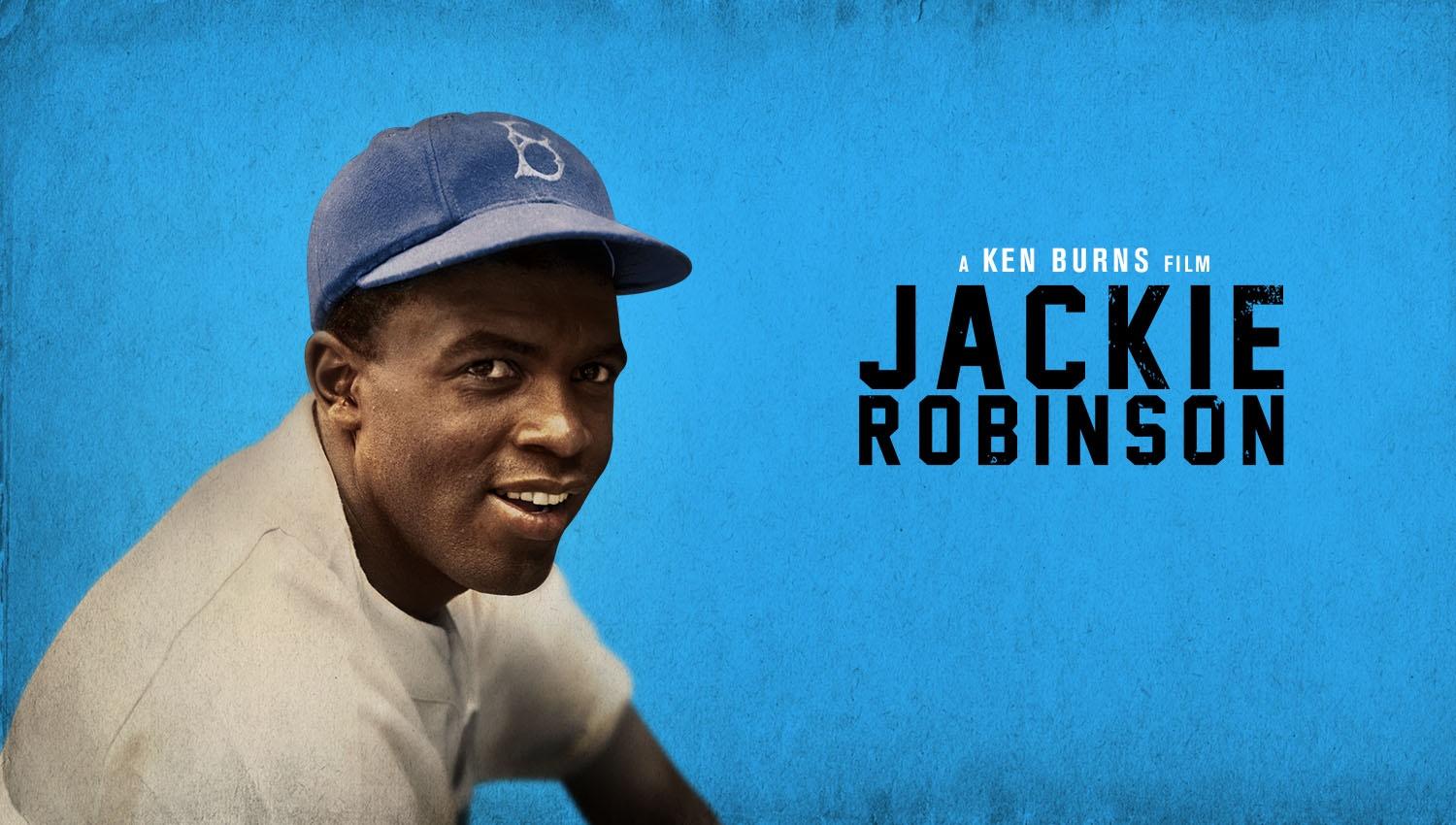
Jackie Robinson, a two-part documentary series from Ken Burns, is appropriate viewing for Major League Baseball’s annual Jackie Robinson Day.
Given that today is the anniversary of Jackie Robinson breaking baseball’s color barrier, I decided to prep for the day by watching the documentary in recent days. It was a long overdue new-to-me viewing. When I moved in 2016, I opted against paying more for a DVR so it took a bit longer than I should admit. And yes, the documentary series covers Robinson’s army service, which the Defense Department recently erased from its website, only to place it back online following the backlash.
The first half takes us from Jackie Robinson’s childhood as a son of Georgian tenant farmers through the end of his first year in MLB. Robinson attended UCLA, where he excelled in four sports and met his wife, the future Rachel Robinson. He dealt with racial discrimination from a young age and he would stand up for himself, even while serving the nation.
Jackie Robinson was one of three Black players to try out for the Boston Red Sox, which became the final team to integrate in 1959. Nothing really happened following the tryout. However, Dodgers president and general manager Branch Rickey offered Robinson a contract. Robinson played the 1946 season with the Montreal Royals, ultimately being called up to start the 1947 season with the Dodgers.
The back half takes us further into Jackie Robinson’s home life and playing career. The 1949 might have been a breakout season for Robinson but he testified in front of HUAC about comments made by Paul Robeson. We see excerpts from The Jackie Roosevelt Story, a film released in 1950. The 1951 season ended in heartbreak for Dodgers fans, losing in a playoff series to the New York Giants on Bobby Thomson‘s walk-off home run.
Rachel Robinson discusses Robinson’s diabetes diagnosis and how the doctor found signs of his heart deteriorating. The ballplayer’s life would never again be the same. He kept things to himself and made changes in order to continue playing baseball. In spite of his health, he remained a leader on the field. Both on and off the field, he stood up for civil rights, turning off members of the press. Howard Bryant mentioned how Robinson was being “held to a different standard.”
Sportswriters wanted to pit teammates against each other, such as Jackie Robinson and catcher Roy Campanella. Their personalities were completely different from each other. Rachel Robinson recollected their differences off the field. Meanwhile, the press soon made an issue of the Dodgers having “too many” Black ballplayers on the team. Across the country, there was a push for social justice. Robinson became more of an activist for civil rights.
Carly Simon’s mother, Andrea Simon, played a key role in the Robinson family finding a home in Stamford, Conn. The Robinson family moved in with the Simons while their house was being built in Stamford.
By the time that Jackie Robinson retired at the end of 1956, Black players had been welcomed by many teams in the majors. Starting with Robinson’s 1949 National League Most Valuable Player Award, Black players would take home the NL MVP in all but three seasons in a stretch dating 1949-62. That’s quite the legacy.
Towards the late 1950s, Jackie Robinson started writing a syndicated column. Despite being published in the sports section, the former ballplayer did not limit him to writing about sports. He wrote about other subjects, including the candidates running for the 1960 presidential election. Who would be the best candidate to advance their agenda? Robinson felt skeptical of John F. Kennedy. Following a meeting with Kennedy, Robinson campaigned for Richard Nixon. Rachel Robinson mentions how she was shocked by his decision.
Things soon got really interesting. The first is that Jackie Robinson was frustrated with Nixon not campaigning in Harlem. Nixon wouldn’t make any phone calls after Dr. Martin Luther King Jr. was arrested and sent to jail. Kennedy called Corretta Scott King and Robert F. Kennedy Sr. called the judge to release King. Dr. King’s father had previously endorsed Nixon and now changed his endorsement. Kennedy subsequently won the presidential election by over 100,000 votes.
Jackie Robinson was the first ballplayer to win the Rookie of the Year Award. In 1949, he became the first Black ballplayer to win the NL MVP Award. Additionally, Robinson was selected for the All-Star Game during the 1949-54 seasons. During his time with the Dodgers, the team played in six World Series, winning in 1955. Following the end of his historic baseball career, he was inducted into the National Baseball Hall of Fame on the first ballot in 1962.
As the third hour started up, Ebbets Field was demolished after Dodgers owner Walter O’Malley moved the team to Los Angeles. Elsewhere, Jackie Robinson would join Dr. King at various events advocating for civil rights. William Anderson recalled that “to many of them, he was bigger than life.” Robinson raised as much bail money as he could, going so far as to hold a concert in his backyard. The Robinson family made their way to the nation’s capital for the March on Washington for Jobs and Freedom. Both surviving Robinson children discuss their memories and feelings of that day.
Historian Yohuru Williams points to the March on Washington as being “a watershed moment in the movement itself” and “a turning point in the violence that we associate with the movement and the escalation of opposition.” The Civil Rights bill was looming. Not even a month after the March on Washington, the 16th Street Baptist Church bombing claimed the lives of four Black girls. Later that year, President Kennedy was assassinated. Before his death, he was pushing for the passage of a sweeping Civil Rights bill. In wake of the president’s death and President Lyndon Baines Johnson endorsing the legislation, Barry Goldwater became the 1964 frontrunner.
Jackie Robinson joined Nelson Rockefeller’s unsuccessful campaign for president. He joined marchers in protest against the Republican Party’s extremism. Robinson viewed Goldwater as a bigot. Interestingly, there were 15 Black delegates to the 1964 Republican National Convention. Almost all of the Black delegates suffered racial abuse. It’s not mentioned in the film but Robinson wrote this in his autobiography: “As I watched this steamroller operation in San Francisco, I had a better understanding of how it must have felt to be a Jew in Hitler’s Germany.”
“Any of us who find ourselves in a position of power where our voice matters, where we are heard, have to do a constant gut check,” President Barack Obama said, about Robinson speaking out. “Are we doing enough to make sure that voice is active on behalf of the values that are deepest in us, that matter most to us?”
After years of Rachel Robinson’s efforts at having a standalone film made, Ken Burns had an opening in the schedule. Luckily, it allowed for a full and complete portrait of Jackie Robinson. The Baseball documentary only allows for so much to be included in the storytelling. The other thing is that by waiting, it allowed for the inclusion of more writers and historians bringing their understanding of Robinson into the wider narrative.
There have been plenty of books written about Robinson over the years. A few of those authors make appearances, including Jonathan Eig. Eig’s book, Opening Day: The Story of Jackie Robinson’s First Season, was released in 2007. Roger Kahn, who authored The Boys of Summer, also makes an appearance. There are plenty of other writers or historians appearing in the film, including Howard Bryant, Gerald Early, Michael Long, John Thorn, George Will, and Yohuru Williams. Retired NBC broadcaster Tom Brokaw also discusses the ballplayer.
Burns makes sure to include voices that one might not necessarily think to include in the Jackie Robinson documentary. Myron Uhlberg and Alton Waldon share their stories as fans of Robinson.
But in as much as stories are told by fans, journalists or historians, it’s not the same without the people who were there when it happened. These include Jackie Robinson’s surviving family members and teammates. It is essential that Rachel Robinson, Sharon Robinson, and David Robinson are part of telling Jackie’s story. Sharon opens up about Jackie’s childhood, He was only a year old when his mother–Sharon’s grandmother–packed up the family and moved west to Pasadena, California. Pasadena wasn’t the best city at the time for a Black family. They were no less immune to racism in California than living in Jim Crow South.
Rachel Robinson plays a key role in walking us through Jackie’s life. Not just this but Robinson’s widow opened up the archives. Many photos in this film were never seen before. As is tradition for many Ken Burns films, the archives make for a good chunk of the narrative. They are weaved into the overaul narrative.
Brooklyn Dodgers teammates Don Newcombe, Carl Erskine, and Ralph Branca all have a presence in the film. There weren’t that many of Robinson’s Dodgers teammates living in the 2010s–Erskine was the last of the Boys of Summer to pass away when he died in 2024. Newcombe followed Robinson (1947) and catcher Roy Campanella (1948) when he was promoted to the Dodgers in 1949. It speaks to Branch Rickey having an eye for talent. Other interviews are archival, including the late Buck O’Neil and Red Barber. The interviews with O’Neil were taken from the Baseball documentary series.
The Hall of Famer died at the young age of 53 years old–it will be 53 years this October since his passing. His words–which come from books, newspaper clippings, or other interviews–are spoken by Oscar-winning actor Jamie Foxx.
The baseball portion of the two-part documentary series is what draws audiences in as baseball fans. What makes the documentary even more compelling–if that’s the best word choice here–is the amount of time Burns spends by focusing on Robinson’s life as an activist. If I’m being honest, his endorsements of either Nixon or Rockefeller were completely new to me. In reading online, I did see where he endorsed Vice President Hubert H. Humphrey during the 1968 presidential election. All of this was completely new to me because I never really read about Robinson’s personal politics.
Robinson’s last public appearance came before Game 2 of the World Series at Riverfront Stadium on October 15, 1972. Upon accepting a plaque, he said, “I’m going to be tremendously more pleased and more proud when I look at that third base coaching line one day and see a black face managing in baseball.” Nine days later, he died.
Jackie Robinson is another essential documentary from Ken Burns and company, showcasing the Baseball Hall of Famer’s life both on and off the field as part of the Civil Rights Movement. While 42 is a suitable narrative to watch in just over two hours, the Ken Burns documentary goes above and beyond in covering Jackie Robinson’s life and career. If you’re a fan of the ballplayer, most of what you’ll see in the two-part documentary series falls within familiar territory.
DIRECTORS: Ken Burns, Sarah Burns, and David McMahon
SCREENWRITERS: David McMahon and Sarah Burns
NARRATOR: Keith David
VOICE CAST: Jamie Foxx
FEATURING: Rachel Robinson, Sharon Robinson, David Robinson, William Anderson, Harry Belafonte, Ralph Branca, William Branch, Tom Brokaw, Howard Bryant, Ed Charles, Gerald Early, Marty Edelman, Jonathan Eig, Carl Erskine, Frank Graham Jr., Roger Kahn, Michael Long, Willie Mays, Minnie Miñoso, Don Newcombe, Barack Obama, Michelle Obama, Vin Scully, Carly Simon, John Thorn, Myron Uhlberg, Alton Waldon, George Will, Yohuru Williams
PBS aired Jackie Robinson on April 11-12, 2016. Grade: 5/5
Discover more from Dugout Dirt
Subscribe to get the latest posts sent to your email.
